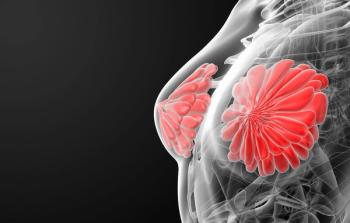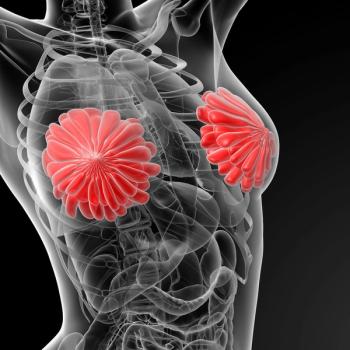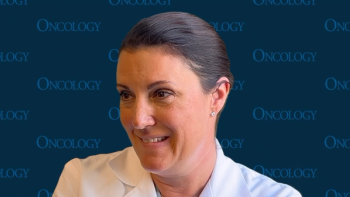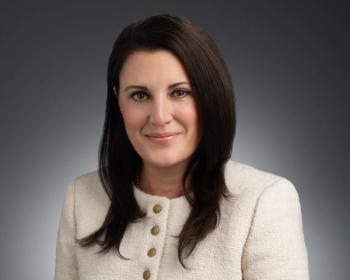
Oncology NEWS International
- Oncology NEWS International Vol 8 No 4
- Volume 8
- Issue 4
Focused Heat Cell Destruction to Be Tested as an Alternative to Prophylactic Double Mastectomy
COLUMBIA, Md-Celsion Corp.’s focused heat technology forms the basis of a system that may offer a minimally invasive alternative to prophylactic mastectomy for women at high risk for developing breast cancer. Massachusetts General Hospital will be testing the technology, and Mass General recently filed a patent application for the system.
COLUMBIA, MdCelsion Corp.s focused heat technology forms the basis of a system that may offer a minimally invasive alternative to prophylactic mastectomy for women at high risk for developing breast cancer. Massachusetts General Hospital will be testing the technology, and Mass General recently filed a patent application for the system.
Rather than removing the breasts, we hope to provide a nonsurgical alternative by destroying the milk duct glands, the source of nearly all breast tumors, said Gerald Wolf, MD, director of the Center for Imaging and Pharmaceutical Research at Mass General and principal investigator of the Celsion clinical trials at Mass General that will evaluate the safety and efficacy of the new breast cancer prevention design.
Dr. Wolf pointed out that a recent Mayo Clinic study showed a 90% reduction in the chance of developing breast cancer among moderate- and high-risk women who had prophylactic double mastectomies.
Celsions technology incorporates proprietary technologies licensed exclusively from several engineering and medical research institutions, including the Massachusetts Institute of Technology.
The focused heat system selectively heats both breast cancer cells and the nearby milk duct glands. Microwaves are used to heat the water within the tissues; if the heat is high enough and applied for a sufficient period of time, then the tumor and the milk duct glands are expected to be destroyed.
Since milk duct glands and cancer cells are more than 75% water and normal fatty tissues in the breast are less than 10% water, the microwaves are expected to selectively heat cancer cells in the target zone as well as the adjacent milk duct glands. The breast is mostly fatty tissue, which, due to its low water content, is expected to escape heat damage.
There are other cells that have a high percentage of water, such as skin and muscles, so that is where the Celsion technology comes in by enabling us to focus the heat so that the skin and muscles around the breast will also be spared, Dr. Wolf said.
Preclinical studies at Mass General using breast tissue-equivalent phantoms and tumors in live animals have verified that Celsions system is capable of selectively heating tumors at temperatures of up to 46 degrees Celsius without damage to surrounding healthy tissues.
Such high temperatures, maintained for 8 to 10 minutes, can cause complete tumor necrosis leading to the death of all viable cancer cells within the tumor and its vicinity, the company said, although this has not yet been proven in human clinical trials.
Articles in this issue
over 26 years ago
PDT Under Study for High-Grade Dysplasia in Barrett’s Esophagusover 26 years ago
Importance of Assessing, Treating Pain in the Cancer Patientover 26 years ago
Post Office Boosts Breast Cancer Stampover 26 years ago
RT After Mastectomy Reduces Recurrence Riskover 26 years ago
Who Smokes? A Profile of Smokers in the USover 26 years ago
Elderly May Do Well With Tamoxifen Without Surgeryover 26 years ago
Managing Respiratory Symptoms of Advanced Cancerover 26 years ago
Results of Prevention Trials in Prostate, Colon, Breast Cancerover 26 years ago
Multimodal Screening Strategy for Ovarian CancerNewsletter
Stay up to date on recent advances in the multidisciplinary approach to cancer.


















































































